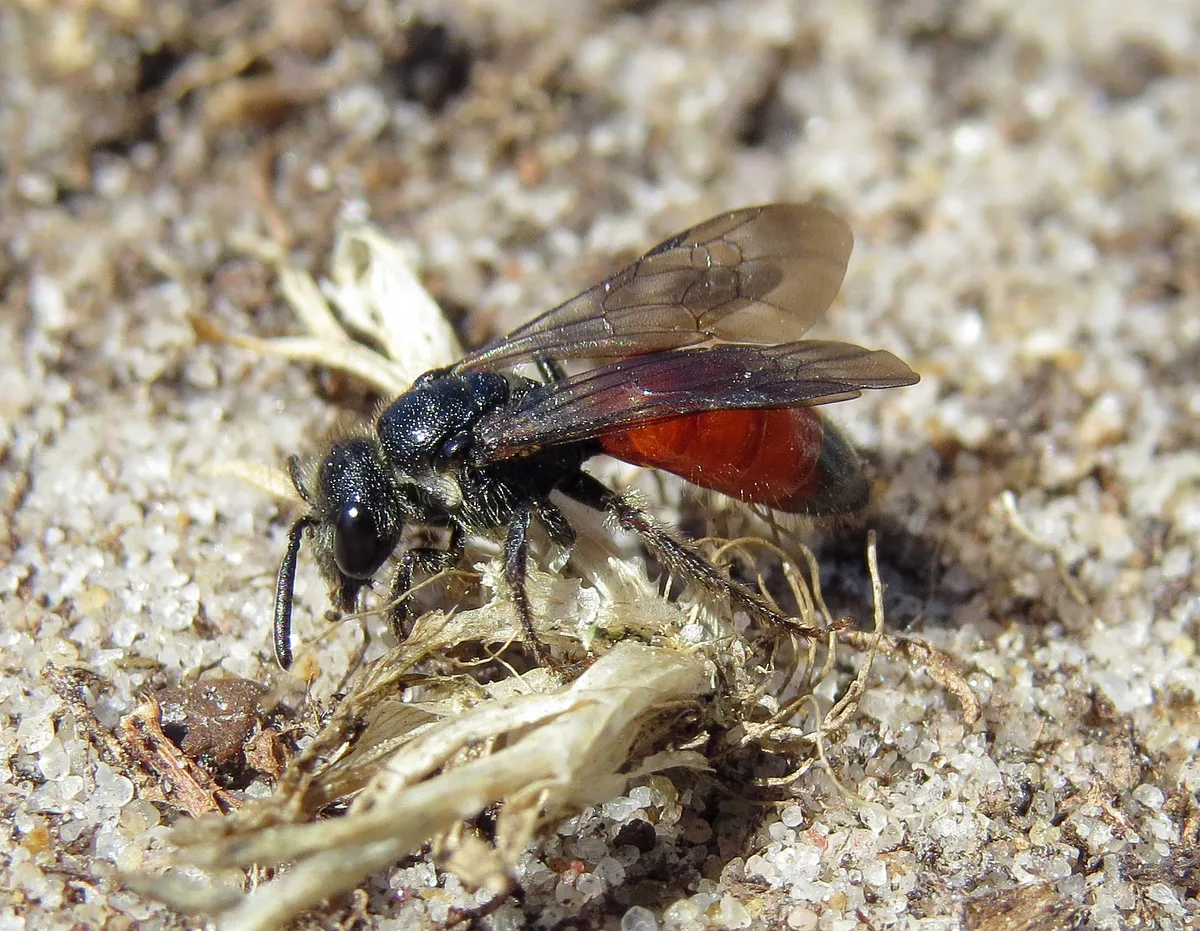A new report from Buglife has revealed that many Northern Irish bee species are in decline due to the impacts of habitat loss, pollution, disease, and climate change.
These trends are particularly concerning given the importance of bees as key pollinators of crops and wildflowers. The loss of bees would have a devastating impact on the health of our countryside and food security, and worryingly wild bees show among the most severe declines of any UK pollinators.
The Northern Ireland Threatened Bee Report examined both historical and modern data, looking at 21 target bee species that were considered to be a greatest risk. These were all classified as Critically Endangered, Endangered, or Vulnerable in the Regional Red List of Irish Bees.

The report revealed all 21 of these species to be a conservation concern in the Island of Ireland or Northern Ireland, with concerning losses evident across the region:
unless urgent action is taken, we are likely to see the extinction of some of these species over the next 10 years
One example is the Barbut's cuckoo-bee. This species has been assessed as being endangered, having declined by 85% since 1980. This dramatic fall in population is thought to be due to a loss of nesting and foraging habitat.
It is likely that the loss of wild-flower rich habitats is the reason behind much of the recorded declines. Just as an estimated 85% of all wildflower and flowering crop species depend upon insect pollinators such as bees to reproduce, bees also depend on these flowers to survive.
Many bees specialise on gathering pollen from specific wildflowers, so suffer heavily when meadows are cleared.

Other threats to Irish bees include use of pesticides such as neonicotinoid insecticides, environmental pollution, loss of climatic niches due to warming, pathogens, and parasites.
As well as documenting population trends and threats the report recommends a detailed action plan for each species, detailing how their recovery might be ensured. These actions include restoring habitats and connecting those that remain.
“The Northern Ireland Threatened Bee Report has sadly highlighted some extremely worrying trends in our wild bees, unless urgent action is taken, we are likely to see the extinction of some of these species over the next 10 years,” says Anna Hart, conservation officer for Buglife Northern Ireland.
“However, we have a solution to the pollinator crisis – by making more space for wildlife and restoring networks of wildflower-rich habitats across the country we can reverse these declines and ensure healthy pollinator populations for future generations.”
As well as being a call for urgent action, the report has also highlighted the value of and need for better recording and monitoring of our indispensable pollinators.
Main image: Colletes floralis at Portstewart Strand. © Buglife.
